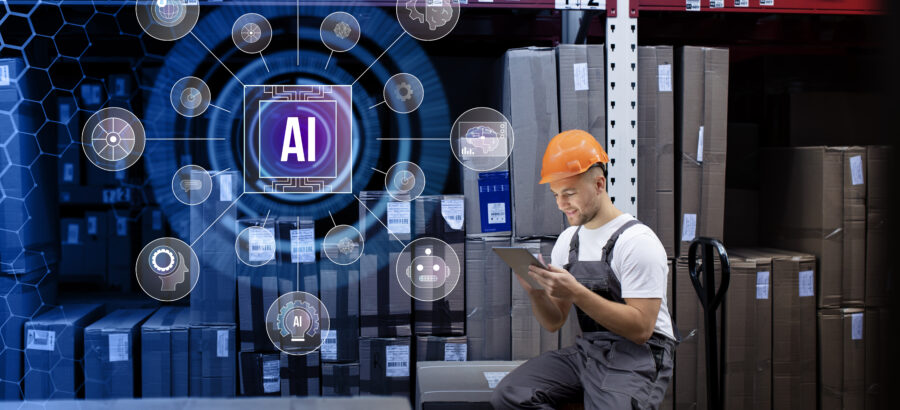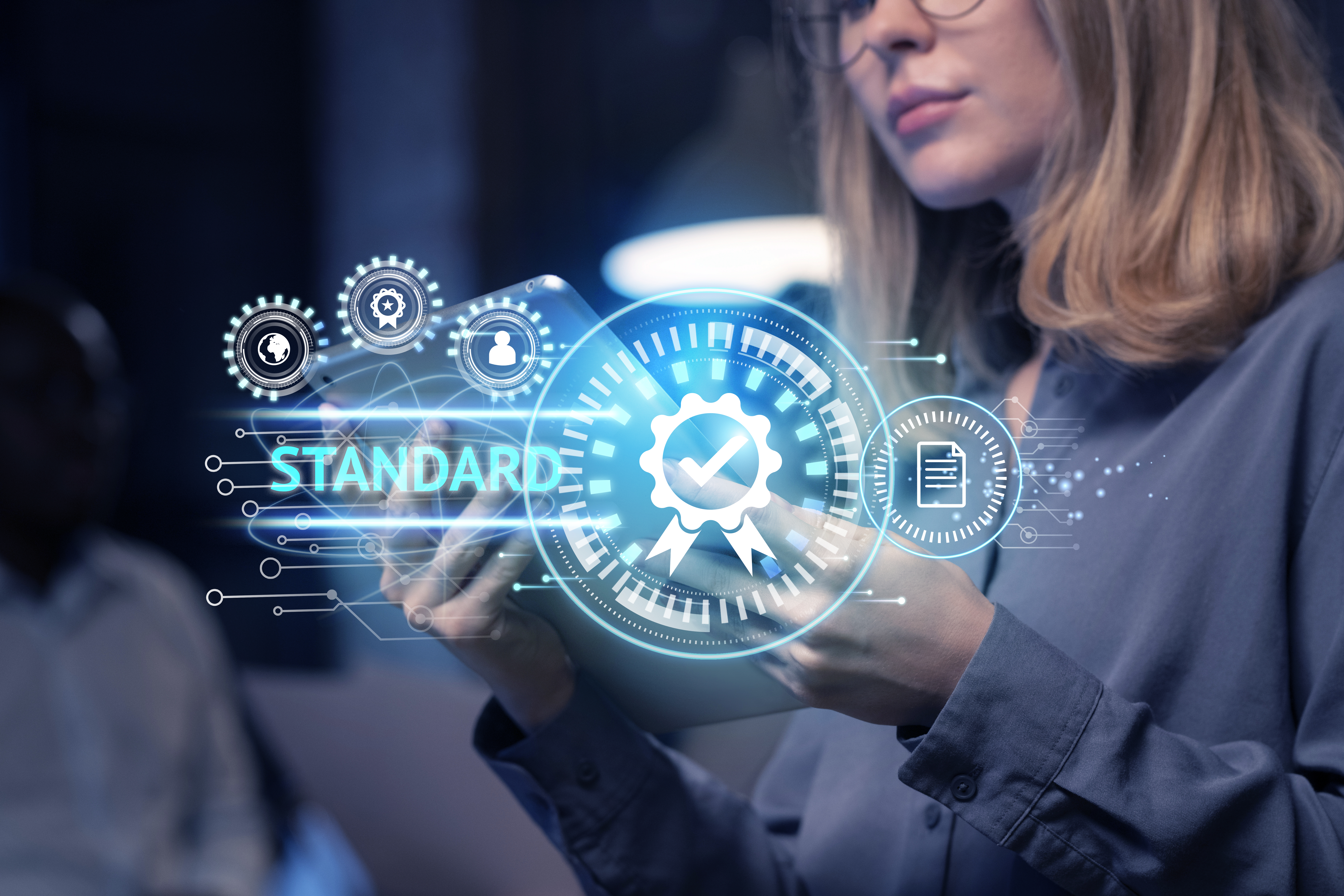In 2017, Gartner Inc. included Digital Twin Technology as one of the top 10 strategic technology trends shaping the future of manufacturing and technology space in general.
It’s a technology that first saw the light in 2002, but it’s only been cost-effective to implement in the recent past all thanks to advancements in the Internet of Things (IoT).
And it’s so imperative to businesses in manufacturing that’s it’s been discussed in several quarters especially in technology conferences.
But what’s the Digital Twin Concept, and how does it work?
Explaining the Digital Twins Technology
The Digital Twin concept presents a situation where the physical and virtual worlds converge, and every industrial product is given a dynamic digital representation. This happens throughout the product development life cycle, from the design phase to the deployment phase.
The whole concept allows organizations to have a complete digital footprint of all their products and gives them the ability to spot problems before they occur through data analysis and monitoring of systems. Consequently, downtimes are avoided, new opportunities are developed, and future planning is enhanced at lower costs through simulations.
With all these being made possible through digital twin technology, organizations can now better their customer experience and deliver exceptional products that customers need and are willing to purchase.
The Digital Twins technology incorporates some of the Industrial 4.0 enablers such as Big Data, Machine Learning (ML), Artificial Intelligence (AI) and Internet of Things which are widely used in engineering, the Industrial Internet of Things and manufacturing business space. The advancements in the Internet of Things and its widespread use has allowed Digital Twins technology to be accessible to the business world in a more cost-effective manner.
But how do Digital Twins work?
Digital Twins is simply a virtual representation of the physical assets that are developed as digitalized duplicates or equipment/machines or physical sites by using sensors incorporated in the systems. The digital versions of the physical assets can be created even way before the actual physical assets are built.
Digital Twins creations start with engineers collecting and synthesizing data gotten from various sources that include manufacturing data, physical data, operational data, and insights received from analytics software.
This information is integrated into a physics-based virtual model along with AI algorithms after which Analytics is applied to the model revealing relevant insight about the physical asset. The analysis and insights are made possible by the consistent flow of data and thus helps in optimizing the business outcome. This way, the digital twin will act the same way a live model of the physical equipment will.
Applications of Digital Twins Technology
Digital Twins is currently among the top trending technology trends that are shaping the future of Industry 4.0 and in most business sectors, helping in accurately predicting both the current state and future nature of physical assets by merely analyzing their digital twins (or counterparts).
Organizations now have an opportunity to improve customer service, gain insights on product performance, make better operational and strategic decisions, all based on the insights gotten from implementing digital twins.
Digital Twins are already making significant impacts on among other areas:
- Manufacturing
From the foregoing, Digital Twins is poised to change the current face of manufacturing, allowing robust product design and maintenance processes making the whole process of manufacturing more efficient and with reducing throughput times.
- Automobile
Virtual models of connected vehicles in the automobile sector can now be achieved thanks to the power of Digital Twins. The virtual assets capture the operational and behavioral data of the vehicle, thus helping in analyzing the anticipated overall performance of the vehicle as well as the connected features.
Through the same technology enablement, automobile manufacturers can now deliver exceptional personalized or customized service to their automobile customers.
- Retail
Customer experience is king in the retail business. Through the implementation of Digital Twins, virtual twins with modeled fashions on them meant for customers have been made possible, aided by augmenting the retail customer experience. Furthermore, the Digital Twins concept also helps in security implementation, energy management, and in-store planning in an optimized manner.
- Healthcare
Healthcare can benefit significantly from Digital Twins along with data from IoT, facilitating cost savings, preventative maintenance, patient monitoring, and offering personalized healthcare to patients.
- Smart Cities
The Digital Twins concept combined with IoT provides data that helps in smart city planning and implementation by enhancing economic development, reduction of ecological footprint, increase in the overall quality of human life, and efficient management of resources. Through sensor networks and intelligent systems, city planners, and policymakers in the smart city, planning can gain useful insights that help shape their future decisions and actions.
- Industrial IoT
Digital Twin implementation allows industrial firms to monitor, track, and control their industrial system digitally. The digital twin technology captures not only operational data but also environmental data, which includes configuration, location, financial models, etc. all of which are essential in predicting future anomalies and operations.
Digital twins in the industry 4.0
Industry 4.0 embraces some of the most complicated technologies as well as data exchange, automation, and manufacturing technologies. Digital Twins is equally at the core of the Industry 4.0, bringing with it unlimited possibilities that were previously only imaginable.
Unlike the old tradition of “build and tweak” approach, Digital Twins proposes a more virtual-based design process providing a much more efficient production of any equipment or system by first understanding its performance, unique features, and any potential issues.
With Digital Twin, it’s possible for an operator to get trained on a virtual machine and not spend anything looking for a dedicated trainer or even simulator. Machines are advancing the reach of autonomy, given the continuous evolution of Machine Learning and Artificial Intelligence.
Digital Twins will continue to evolve and reveal even more opportunities in industrial manufacturing. Already there’s continuous self-awareness in machines allowing such machines to be able to optimize performance, self-diagnose and repair faults with minimal input from manual operators. Coordination with other machines has also been improved with the evolution of digital twin technology, creating massive optimism for the future in the world of manufacturing and engineering.
But the questions that are manufacturers and organization should be asking themselves is whether they are ready to evolve with the perfection of digital twins. Plumlogix are experts in all digitalization needs by organizations.







